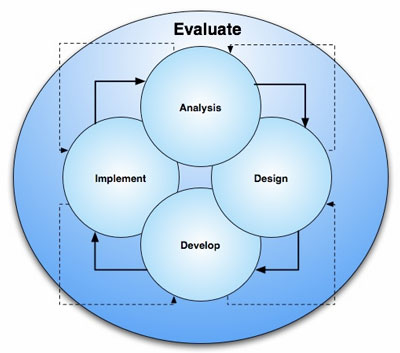Ludwig von Bertalanffy - General System Theory - 1950
General system theory, therefore, is a general science of wholeness... The meaning of the somewhat mystical expression, “The whole is more that the sum of its parts” is simply that constitutive characteristics are not explainable from the characteristics of the isolated parts. The characteristics of the complex, therefore, appear as new or emergent... - Ludwig von Bertalanffy
Systems theory was proposed in the 1940's by the biologist Ludwig von Bertalanffy and furthered by Ross Ashby (1964). Von Bertalanffy was reacting against both reductionism and attempting to revive the unity of science. He is considered to be the founder and principal author of general systems theory.
If one were to analyze current notions and fashionable catchwords, he would find “systems” high on the list - Ludwig von Bertalanffy
von Bertalanffy (1968) wrote that a system is a complex of interacting elements and that they are open to, and interact with their environments. In addition, they can acquire qualitatively new properties through emergence, thus they are in a continual evolution. When referring to systems, it also generally means that they are self-regulating (they self-correct through feedback). For more information on feedback, see Perceptual Control Theory (PCT).
System thinking is both part-to-whole and whole-to-part thinking about making connections between the various elements so that they fit together as a whole. For a system thinking design model, see Design Methodologies: Instructional, Thinking, Agile, System, or X Problem? (System Thinking is the fourth model in the chart).
Next Steps
Next Section: Robert Gagnè - Psychological Principles in System Development - 1962
Return to the History of Instructional System Design
Reference
Ashby, R.W. (1964) Introduction to Cybernetics. London: Routledge Kegan & Paul.
von Bertalanffy, L. (1968). General System Theory: Foundations, Development, Applications. New York: George Braziller.

